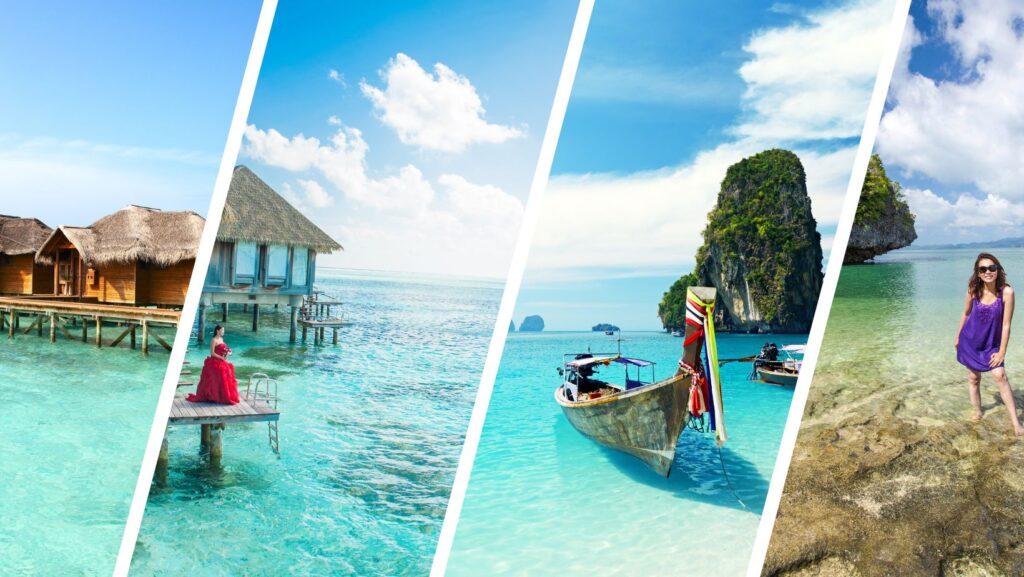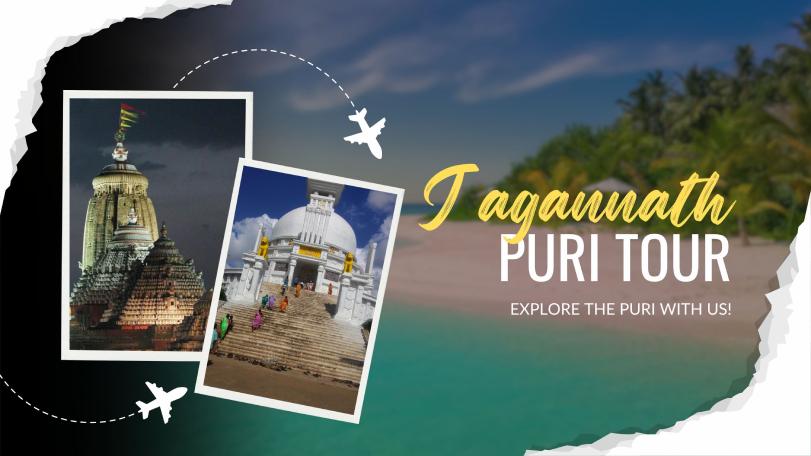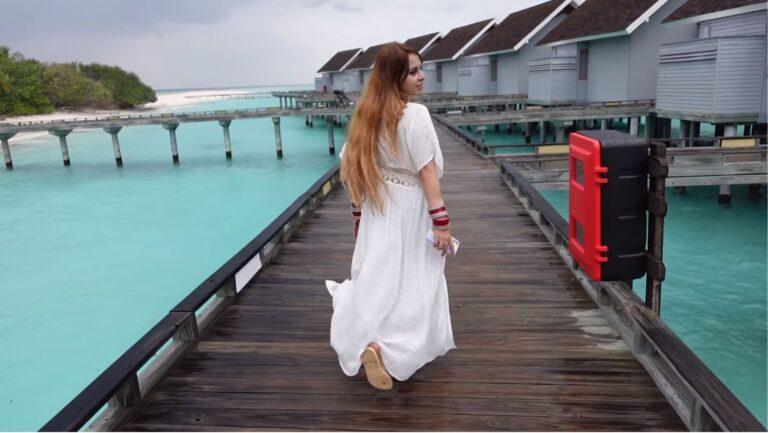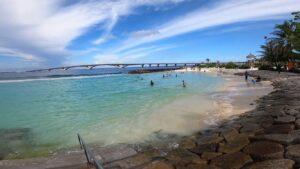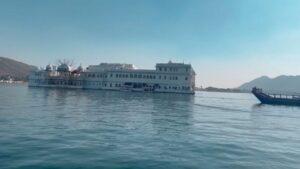Andaman and Nicobar and Maldives are both amazing destinations for a coastal vacation. They have their own pros and cons depending on your preferences and budget.
Compare them based on the following criteria:
- Location and Geography
- Climate and Weather
- Culture and Language
- Visa and Travel Requirements
- Accommodation and Food Options
- Beaches and Water Activities
My thesis statement is that Andaman and Nicobar is a better choice for me because it offers more diversity, authenticity, and affordability than the Maldives.
Location and Geography
- Andaman and Nicobar is a union territory of India with around 572 islands, of which 38 are inhabited. The islands are located in the Bay of Bengal, between India and Myanmar. The islands have a total area of 8,249 square kilometers and a population of about 380,000 people.
- Maldives is a country of islands in the Indian Ocean, made up of about 1,192 islands that are mostly coral reefs and sandbars. An atoll is a ring-shaped coral formation that surrounds a lagoon. Only 200 islands have people living on them, and the rest are either for tourism or uninhabited. The capital city of Maldives is Male, which is on Male Atoll. The Maldives has a very low elevation, and the highest point is only 2.4 meters above sea level.
Climate and Weather
Andaman and Nicobar and Maldives share a similar tropical climate, which means that they have warm and moist weather all year round. The temperature does not vary much in both places, and it stays between 23°C and 31°C in Maldives and between 24°C and 30°C in Andaman and Nicobar. The amount of rainfall differs in both places, depending on the season and the location of the islands.
- Andaman and Nicobar and Maldives have different monsoon seasons that affect their rainfall and wind patterns. Andaman and Nicobar have one monsoon season that lasts from May to September when it gets heavy rain and strong wind. The weather is dry and sunny from October to May, which is the best time to visit Andaman and Nicobar.
- The Maldives has two monsoon seasons that alternate between the north and the south of the islands. The southwest monsoon from May to October brings more rain to the southern atolls, while the northeast monsoon from November to April brings more rain to the northern atolls. The weather is dry and sunny between the monsoons, which is the best time to visit Maldives.
Culture and Language
- Andaman and Nicobar have diverse cultures, influenced by settlers from different parts of India as well as indigenous tribes. The main languages spoken in Andaman and Nicobar are Andaman Creole Hindi, Bengali, Tamil, Telugu, Malayalam, Nicobarese, and English.
- The islands have a rich history, dating back to ancient times when they were used as a naval base by various kingdoms. They also have a colonial legacy, as they were occupied by the British, Japanese, and Indian governments at different times. The islands are home to several monuments, museums, memorials, and historical sites that reflect their past.
- Maldives has a homogeneous culture, influenced by Islam as the state religion and Dhivehi as the national language. Dhivehi is derived from Sinhala but also has influences from Arabic, Persian, Hindi, English, and other languages.
Visa and Travel Requirements
For Andaman and Nicobar Islands:
- Indian citizens don’t need a visa.
- Foreign tourists require an Indian visa.
- Flights connect major Indian cities to Port Blair.
- Domestic flights connect islands within the archipelago.
- A permit is needed to visit certain tribal areas.
For the Maldives:
- Tourists get a 30-day visa on arrival.
- A valid passport, return ticket, and proof of accommodation are required.
- Direct flights from various countries to Malé, the capital.
- Speedboats or seaplanes are often used for inter-island travel.
- Certain islands are designated for local residents only.
Accommodation and Food Options
Andaman and Nicobar and Maldives have a wide range of accommodation options to suit different tastes and budgets. Whether you are looking for a luxury resort, a cozy hotel, or a private villa, you can find something that meets your expectations in both places. There are some differences in the prices and availability of these options.
- Andaman and Nicobar offer a range of accommodation options that suit different budgets and preferences, as it attracts a wide and varied market. You can choose from guest houses, hostels, homestays, cottages, hotels, and resorts in Andaman and Nicobar that provide cozy and neat rooms with essential amenities. The price for a night in Andaman and Nicobar varies from Rs. 500 to Rs. 10,000 (7 to 135 USD) depending on the quality and location of the accommodation.
- The Maldives offers a range of accommodation options that suit a more elite and upscale market, as it attracts a more exclusive and high-end clientele. You can choose from resorts, hotels, and villas in the Maldives that provide luxurious and spacious rooms with modern amenities. Many of these options are situated on private islands that have their own beaches and facilities. The price for a night in the Maldives varies from Rs. 15,000 to Rs. 1,00,000 (200 to 1,350 USD) depending on the quality and location of the accommodation.
- Andaman and Nicobar and Maldives have a range of food options that cater to different tastes and preferences. You can enjoy local specialties, international cuisines, or vegetarian dishes in both places. However, the prices and availability of these options may vary in both places.
- Andaman and Nicobar have a more varied food scene than Maldives, as it reflects the diverse cultures of its settlers and visitors. You can taste Indian, Chinese, Thai, Continental, Seafood, and other cuisines in Andaman and Nicobar that offer delicious and authentic flavors. You can also try street food stalls that sell snacks such as samosas, pakoras, chaat, and dosa.
Beaches and Water Activities
Andaman and Nicobar Islands:
- Pristine beaches like Radhanagar, Kalapathar, and more.
- Diverse marine life and coral reefs for snorkeling and scuba diving.
- Activities include sea walking, kayaking, and jet skiing.
- Historical sites like Cellular Jail add cultural depth.
Maldives:
- Renowned for its stunning overwater bungalows and private resorts.
- Crystal-clear waters are perfect for snorkeling, diving, and swimming.
- World-class diving sites with vibrant coral reefs and marine species.
- Water sports include surfing, kiteboarding, and parasailing.
- Unparalleled opportunities for underwater photography.
Both destinations offer exceptional beach experiences and a plethora of water activities; the choice depends on your preferences for accommodation, marine life, and activities.
